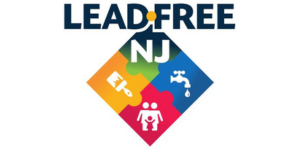Some have predicted that aging Baby Boomers will help spell the end of sprawling development, as older Americans turn away from large-lot, McMansion-style housing and seek the housing and lifestyles available in urban and older suburban settings with their multi-family housing options, access to public transit and walkable downtowns.
Smart Growth
Baby Boomers Turn 60
Monday, December 19th, 2005Supporting Tax Relief, But Not Reform?
Friday, May 13th, 2005New Jersey Future believes that while not the first choice, a tax convention is the best choice for finding solutions to the state’s property tax problems.
The Governor’s Priorities
Friday, January 7th, 2005New Jerseyans care deeply about their land — so much so that we are national leaders in the posting and passage of open space ballots.
2004 Year in Review
Monday, December 20th, 2004Facts in 2004 that have and will continue to shape our work at New Jersey Future.
New Jersey’s Mean Streets
Friday, December 3rd, 2004Smart growth is about giving people more transportation choices, including walking.
Less Sprawl = Better Health
Friday, November 5th, 2004The greater prevalence of chronic health problems among residents of sprawl is presumed to be because sprawling land use patterns discourage physical activity, increasing the chances of being overweight or obese.
Protecting New Jersey’s Past, Present and Future
Friday, October 22nd, 2004Historic preservation is a potentially powerful contributor to the economic engine of New Jersey.
Mixed Use and Smart Downtowns
Tuesday, July 20th, 2004Municipalities have a wide range of options when designating an area in need of redevelopment.
Census Confirms Highlands Growth Pressures
Friday, April 30th, 2004Growth pressures in the Highlands are likely to intensify under a proposed Highlands bill that would limit development on nearly 400,000 acres of critical watershed lands.
Stranded Without Options
Tuesday, April 20th, 2004Redevelopment of New Jersey’s more densely developed communities, particularly its older suburbs and cities, can help restore housing and transportation options for many older New Jerseyans, and contribute to a higher quality of life for all who cannot, or will not, drive.











